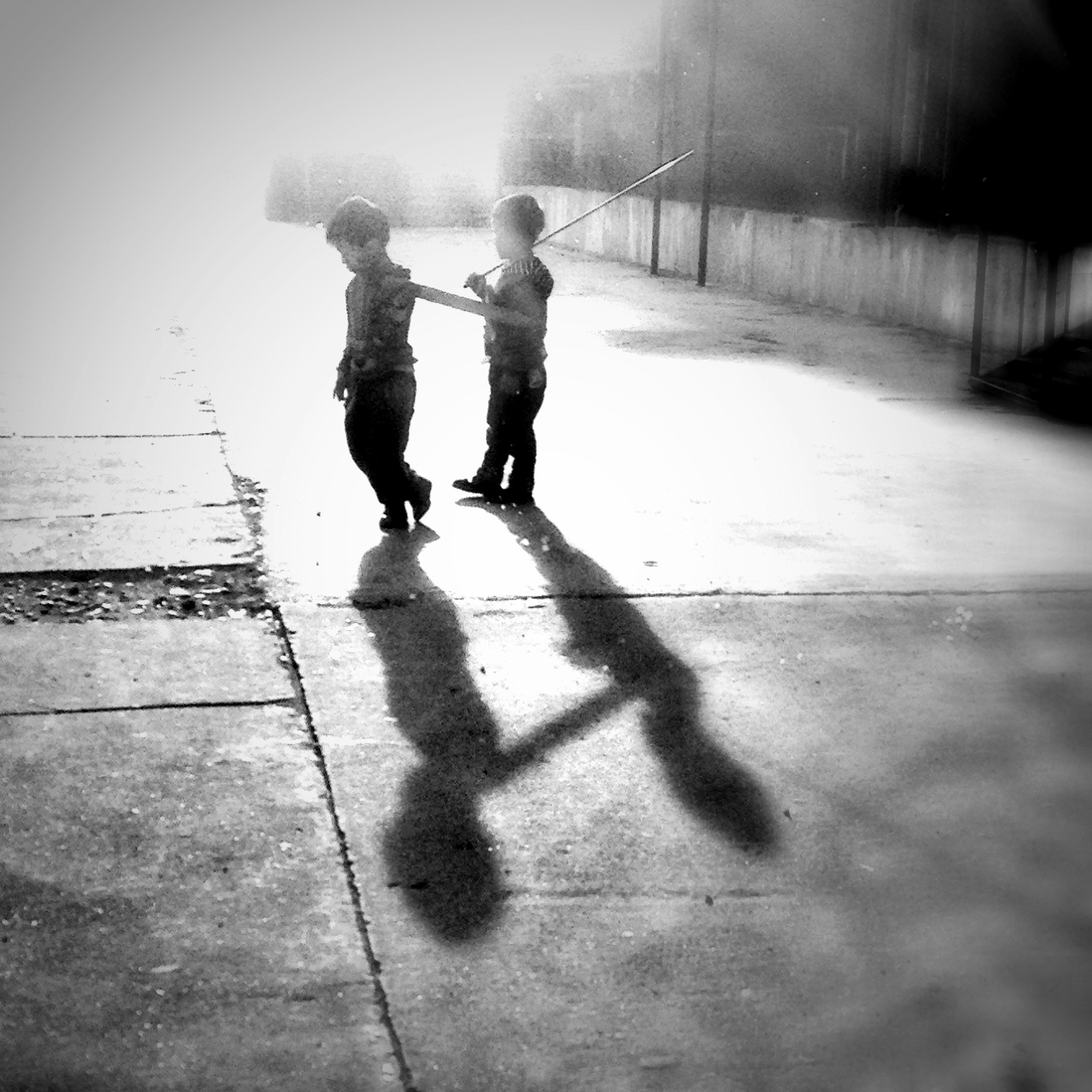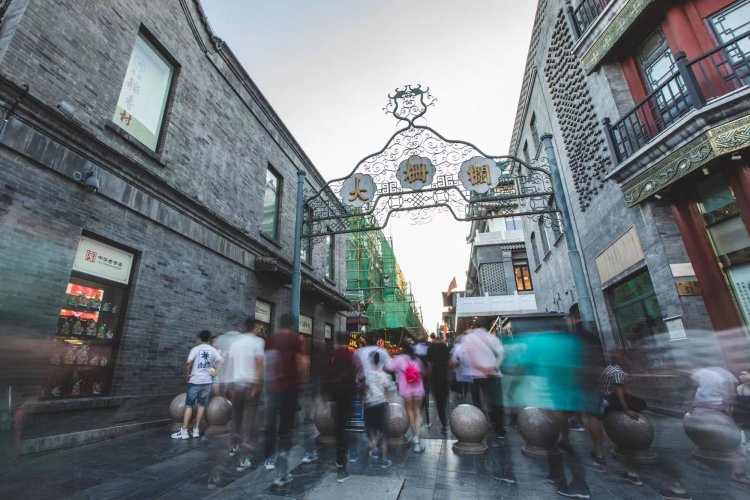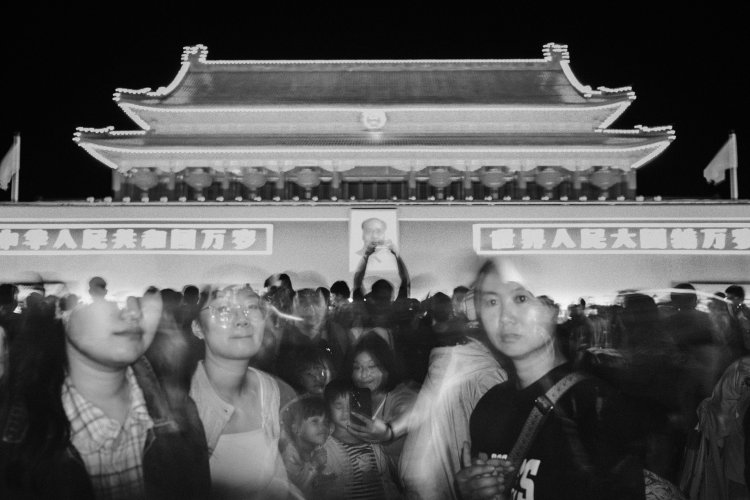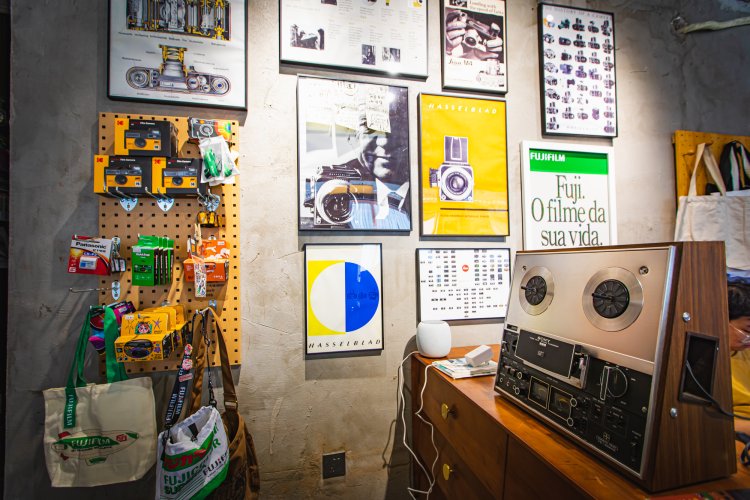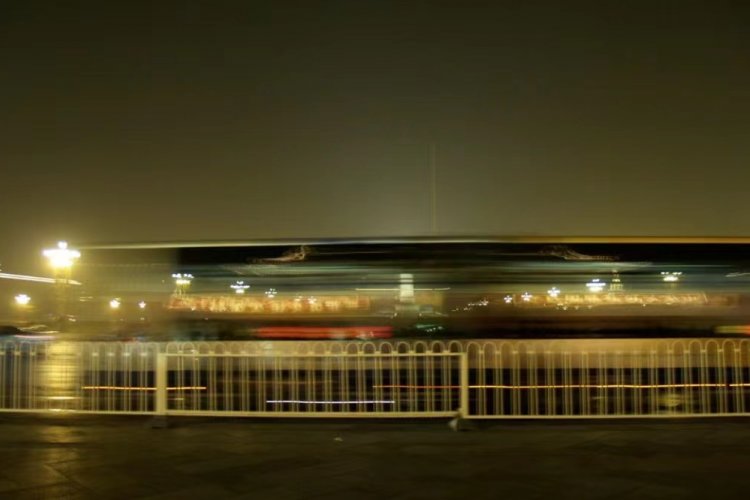Photography Book 'People of Beijing' Captures the Spirit of the Hutongs
These are times of dramatic change for Beijing’s famous hutongs. Now a new book by a Beijing-based filmmaker preserves in photographs the historic alleys as they were before the bricklayers arrived.

However, Tan Siok Siok did not set out to produce a book. As she told us, she doesn’t even have a background in photography.
“My background is in TV production,” she said when we met in a coffee shop on Fangjia Hutong. “I run an online video company based in the compound here. Some time at the end of 2012, I bought a little iPhone 5. It’s all cracked now, but it’s so precious, I couldn’t bear to throw it away. The project began as a creative experiment and challenge to myself, that during my walk into work I would take a handful of photos, choose one and post it on social media.
“About two months into the project, there were friends who were encouraging me to publish or hold an exhibition, so quite early on I got very good feedback. An old friend, a veteran Indian documentary maker, would always leave a message when he saw my photos on Facebook, and the message was always the same – ‘it’s time for the book.’ For me it’s not a photography story, it’s about how we can make art every day, about the connections that you make on a day-to-day basis with your friends, your fans, your audience.”

So the choice of the hutongs as a subject was serendipity?
“I was lucky!” Tan laughed. “What has been illuminating is that people who had read about the book online were inspired to do their own ‘walk into work’ photo, and some commented to say it doesn’t work! Nothing to do with the photographer, it’s location, location, location.
“The hutongs have the iconic Beijing architecture, like the Lama temple. But the daily life elements are also very important, the mix of people: native Beijingers, the hipsters, the expats.
“There’s a series of woodblock prints I always reference, Thirty-Six Views of Mount Fuji. Fuji is present in every picture, but on a human scale, not always as a huge mountain, and in the foreground, there’s someone making a wooden barrel, or fishing. In the same way, I try to depict Beijing on a human scale. So for example, in front of the Confucius Temple there’s a cleaner riding a bicycle.
“The location was accidental, but somehow also destined. If I hadn’t been here I would probably have given up after 20 days.”

We asked Tan how the book came to be published.
“For a year and a half, two years people were encouraging me, but no one took action. Then someone actually met me for coffee, and said, ‘I have this great idea ...’
“So we attempted to crowdfund and self-publish. But I’d miscalculated what was necessary to succeed in China when it came to crowdfunding. A few early adopters were willing to pay a premium, but people were still very price sensitive.
“In part, I think it’s a cultural difference: people are not willing to be the first, they only come in when it looks like it’s going to succeed. If you need 60 percent of the funding before they’re prepared to be in, how are you going to make it?
“But I achieved a few things most photographers only dream of. A fan saw that one of the rewards was postcards, and convinced the China Postal Service to sponsor it and print a limited series of postcards. I licensed a photo to become the cover of a Chinese novel. And very importantly, I got to know a literary agent who set up deals for me.
“I didn’t achieve what I set out to achieve, but what I ended up with I couldn’t be more grateful for – I ended up being published in a more traditional way, a more prestigious way.”

When we met Tan, the builders were busy further down the hutong, with a police guard. We asked her whether her photographs had captured something which might be lost forever.
“I believe in the resilience of the people of hutongs. It strikes me that what we are lamenting now is actually quite new, only from the past six to eight years. In a sense of the ability to adapt and cope with change, it’s human spirit that gives the hutongs the kind of life we value. Like the bar called Cellar Door – when it lost its door, the owner renamed the bar Cellar Window and put a step ladder under the window. It’s already become part of hutong folklore.
“I come from Singapore, which is much more of a steady state nation. It amazed me how quickly people recover, adapt, find a way around, redecorate. It’s quite inspiring. The future of the hutongs lies with their people, their spirit, their sense of community.”
People of Beijing (人在北京) is available from The Bookworm and other bookshops and online from amazon.com.cn, jd.com, and dangdang.com.
photos courtesy of Tan Siok Siok

